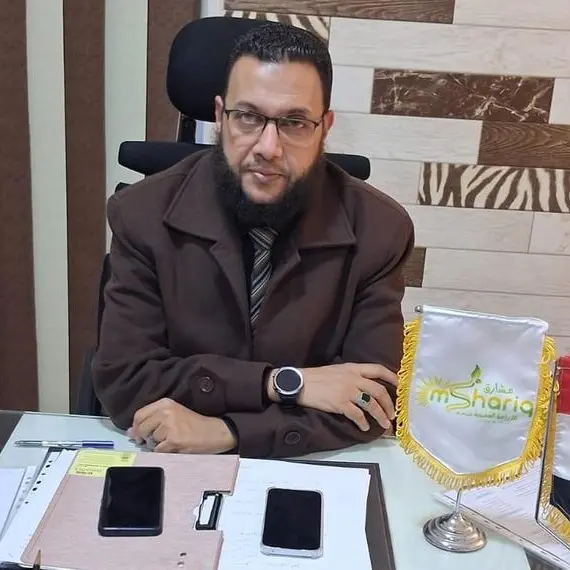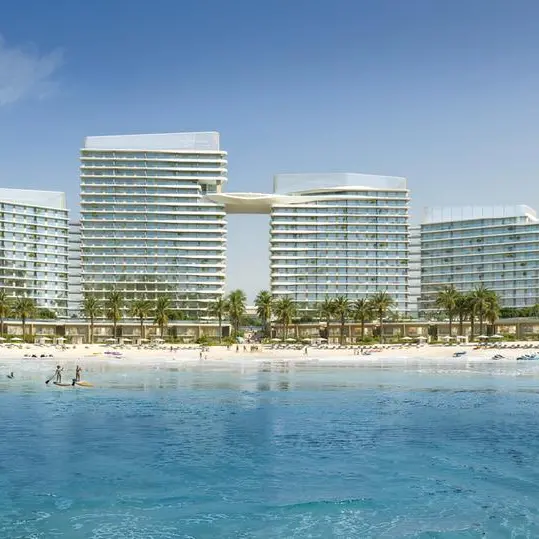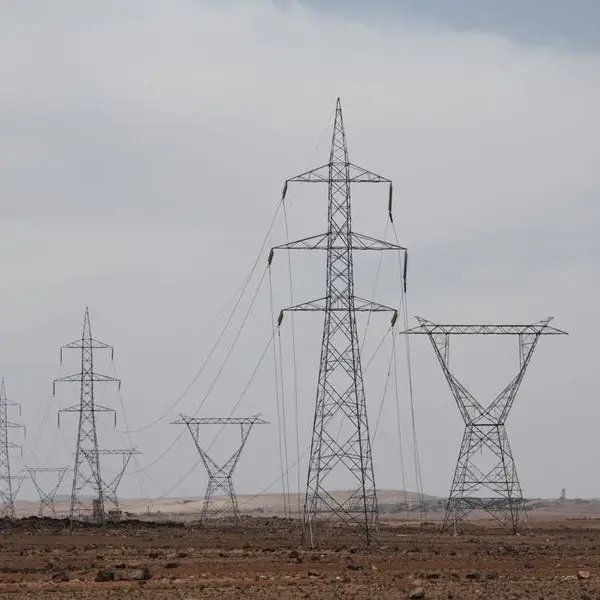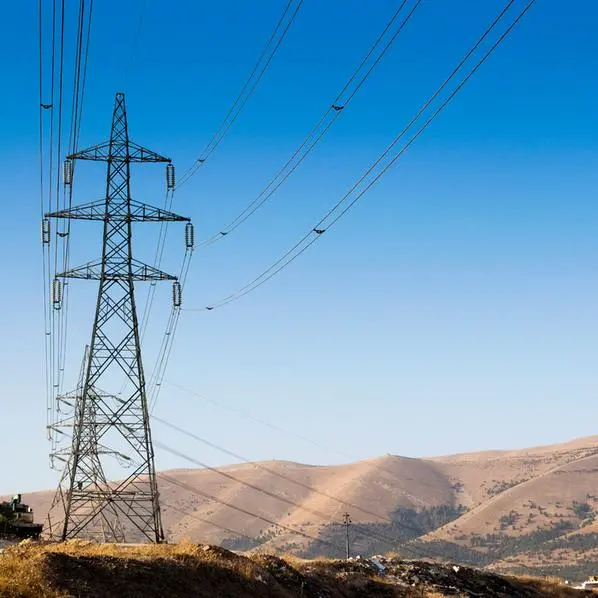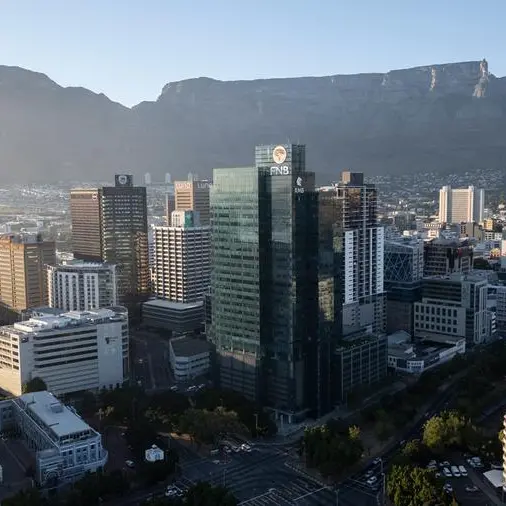PHOTO
In the race towards a zero emissions world, mammoth transcontinental power highways or Supergrids that can evacuate large quantities of renewable electrons to power-hungry locations across the globe are now back in vogue.
Supergrid projects that made headlines last year included a 15,000-kilometre link to evacuate Chile’s renewable power to China; the India-promoted and the UK-US backed Green Grids Initiative – One Sun One World One Grid (GGI-OSOWOG), announced at the COP26 climate summit; and a 3,800km high voltage Morocco-UK cable project to be built at an investment of more than $20 billion by XLinks – a UK-based company that has ACWA Power’s CEO Paddy Padmanabhan on its board.
Closer home, the MENA region’s first large-scale HVDC interconnection project, the $1.8 billion Saudi-Egypt interconnector with 3,000 megawatts (MW) capacity, was awarded last year.
Supergrids aren’t a new idea. According to the International Renewable Energy Agency (IRENA), the 10-gigawatt Xilingol League–Taizhou high voltage direct current (HVDC) line in China is the world’s highest-voltage and highest-capacity powerline in operation. The world’s longest HVDC transmission link, which is being built in India, extends for 1,830 kilometres, and will have a transmission capacity of 6,000 MW.
In the Middle East, the first project to use HVDC technology was the 400kV GCC Grid, which connects the six Gulf Cooperation Council (GCC) member countries through 1,200-kilometre network of overhead and underground lines.
The GCC Grid is operated by the Gulf Co-operation Council Interconnection Authority (GCCIA), which has always promoted a vision of the region as a global interconnections hub.
This vision has gained traction with the rapid growth of solar and wind power in the MENA region. Several interconnection projects connecting MENA and Europe at various stages of discussion or implementation.
Transmitting renewable electrons
The idea of connecting MENA’s renewable resources to Europe was first conceived a decade ago by Desertec, but the project wasn’t able to make much headway.
Paul van Son, President, Dii Desert Energy (or Desertec 3.0), who backed the original idea, explained: “You always need price differences to justify infrastructure. Power links will become feasible when the price differences between MENA and Europe are interesting enough. In the long term, there will be enough business cases for grid extensions between North Africa, Middle East or between continents.”
Van Son added that similar grids in China have already proved their potential.
Cross-border energy exchanges will grow in parallel with the increasing penetration of solar and wind generation, according to Floris Schulze, Middle East Managing Director of CESI.
The Milan-based energy consultancy is involved in developing an energy trading master plan and interconnection grid code for a Pan Arab Electricity Market.
“The growing deployment of variable renewable energy sources calls for a higher power system flexibility to deal with production volatility; and parallel strengthening of transmission infrastructures, including cross-border lines,” said Schulze.
He added that resource-rich production centres are often located faraway from demand centres.
Decarbonise with regional grids
An interconnected grid is key to decarbonising the region’s energy systems, noted Dietmar Siersdorfer, Managing Director, Siemens Energy Middle East.
“The idea of a regional grid has lent new urgency to decarbonise energy systems across the Middle East over the next few decades, and the need to decouple their economies from oil.”
He pointed out that transnational interconnections have the potential to deliver significant benefits, by improving access to energy, moving electricity from low carbon and low-cost areas to high demand areas, providing stability, improving trade, reliability, and redundancy.
“Abundant solar resources could turn the Gulf into a solar hub to supply a global network of high-voltage highways and Supergrids,” he said.
Commenting on the technical benefits of interconnectors, Schulze said: “Stronger interconnections allow a higher flexibility of the power system and thanks to such interconnections, it is possible to minimise the risk of VRES [Variable Renewable Energy Sources], curtailment that causes an adverse impact on production costs.”
The GCC Grid has saved over $3 billion since commissioning, Ahmed Ali Al-Ebrahim, GCCIA’s Chief Executive Officer had said at a recent event. The Authority’s study showed that the interconnector can potentially save over 25 GW of generation capacity between 2021 to 2025.
Mega investments
According to Schulze, the GCC’s transmission and distribution sector is expected to witness higher investments, especially in the area of strengthening and building new interconnections to manage the periodic surplus or possible shortfall of energy at a wider scale.
Citing Europe as an example, he said, Europe’s decarbonisation plan includes up to 78 percent renewable penetration requiring 95 GW of new cross-border capacity, which translates to € 51 billion ($69 billion) in Europe-specific T&D grid investments by 2040.
The world may need to invest close to $733 billion per year till 2050 in power grids, including energy flexibility measures, in a 1.5-degree C scenario, according to IRENA.
Schulze noted that cross-border infrastructure projects being capital intensive, identifying benefits is crucial with drivers changing from supply security in the past to better renewable integration and environmental benefits while minimising costs.
“Hence, new indicators shall be considered and quantified when assessing the cost-benefits of new interconnections” he said, adding these projects should also be bankable.
Slow grind
Siemens Energy’s Siersdorfer noted that the technology for cross border power-links is available but regional interconnections could be a slow process.
“It can take years to develop the appropriate regulatory frameworks, raise funds, build interconnections and negotiate the rules and tariffs that allow for cross-border electricity transfer,” he said.
“The technical complexity, high cost, and the infrastructure required in deploying a mass network of new transmission lines across regions, are key areas that need to be addressed, particularly in regions where there remains uncertainty around policy and regulatory requirements,” he explained.
The Siemens Energy official underlined that the grid must be made resilient against voltage and fluctuation dips, adding that where the share of renewable energy exceeds 50 percent, special mechanisms need to be in place, which could add to the complexity of grid interconnection.
What is next?
Supergrids could enable power trading to generate revenues, but an APICORP report noted that less than 10 percent of the GCC grid’s capacity is being used, mostly for reserve or emergency purposes rather than commercial trading.
CESI and GCCIA recently launched an electronic platform to discover electricity prices in the region – a first step towards developing a regional electricity spot market.
Schulze said the GCC needs to take a step-by-step approach and develop an Ancillary Service Market, which is a market mechanism that allows cross-border transactions at a short-term notice.
“The first step would be to identify the ancillary services necessary to accommodate variable renewable energy sources. For example, upward or downward reserves for frequency regulation or load following can be shared between two or more countries at transcontinental level, whereas other services such as reactive power management or black start capability shall be managed locally.”
He said thereafter, parties can mutually agree on cost-reflective remuneration mechanisms for selected services.
“For instance, costs of reserve are different if we are considering spinning reserve rather than idle reserve; these costs are different if we are considering reserve volume ready to be provided in 10 minutes rather than in 1 or 2 hours”.
“We are seeing a growing awareness in the GCC about the importance of these market mechanisms,” concluded Schulze.
(Reporting by Sowmya Sundar; Editing by Anoop Menon)
(anoop.menon@lseg.com)
Disclaimer: This article is provided for informational purposes only. The content does not provide tax, legal or investment advice or opinion regarding the suitability, value or profitability of any particular security, portfolio or investment strategy. Read our full disclaimer policy here.
© ZAWYA 2022

